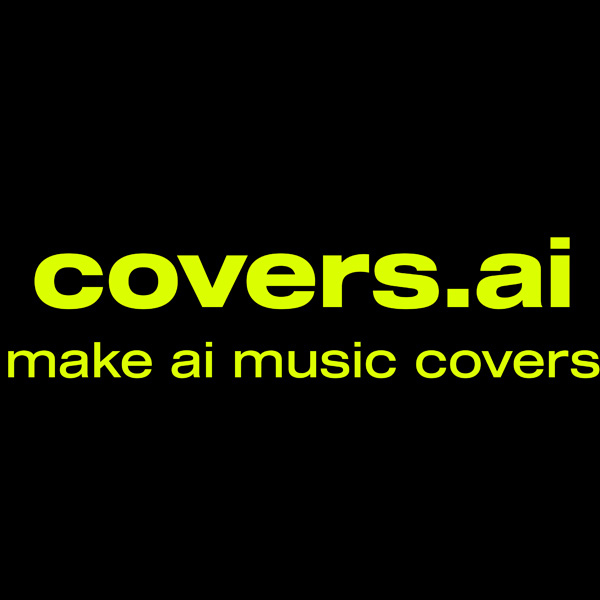AI for Audio Classification: Empowering Sound Recognition with Artificial Intelligence
What is AI for Audio Classification?
AI for Audio Classification refers to the use of artificial intelligence algorithms and models to analyze, categorize, and identify different sounds or audio signals. This technology enables machines to automatically recognize speech, music genres, environmental sounds, or any other audio patterns.
Detailed Description
Audio classification leverages AI techniques such as deep learning, convolutional neural networks (CNNs), and recurrent neural networks (RNNs) to process and interpret audio data. These models analyze features like frequency, amplitude, and temporal patterns to accurately classify sounds.
AI-powered audio classification plays a critical role in applications such as speech recognition, music recommendation, security surveillance, wildlife monitoring, and accessibility tools. By converting raw audio signals into meaningful categories, AI helps automate tasks that would otherwise require human listening and interpretation.
Use Cases of AI for Audio Classification
AI for audio classification is used extensively across diverse fields. In voice assistants like Siri and Alexa, it helps recognize user commands and respond accordingly. Music streaming platforms utilize audio classification to categorize tracks by genre, mood, or instruments, enhancing user experience through personalized playlists.
Security systems employ audio classification to detect alarms, glass breaking, or suspicious noises for timely alerts. In healthcare, AI analyzes heartbeats and respiratory sounds to assist in diagnostics. Environmental scientists use audio classification to monitor wildlife sounds and detect endangered species.
These examples illustrate how AI for audio classification helps interpret complex sound environments and automate decisions in real-time, improving efficiency and accessibility.
Related AI Tools
Explore AI tools on our platform that harness audio classification technology:
- AI Speech-to-Text Converter – Transcribe spoken words with high accuracy.
- Music Genre Classifier – Automatically categorize music tracks by style.
- Environmental Sound Detector – Identify sounds in natural and urban settings.
Frequently Asked Questions about AI for Audio Classification
What is the main goal of AI for audio classification?
The main goal is to enable machines to automatically identify and categorize different types of sounds and audio signals.
Which AI techniques are commonly used for audio classification?
Deep learning models like convolutional neural networks (CNNs) and recurrent neural networks (RNNs) are most commonly used.
How accurate is AI in classifying audio?
Accuracy depends on the quality and quantity of training data, model architecture, and the complexity of the audio environment, but modern AI systems can achieve very high accuracy.
Can AI differentiate between similar sounds?
Yes, with enough training data and advanced models, AI can distinguish subtle differences between similar sounds.
What are typical applications of audio classification in healthcare?
AI analyzes heart sounds, breathing patterns, and coughs to assist in diagnosis and monitoring of health conditions.
Is AI for audio classification used in smart home devices?
Yes, smart home devices use AI to recognize voice commands, detect alarms, or identify specific sounds for automation and security.
How does AI handle noisy audio environments?
AI models are trained with noise-robust features and data augmentation techniques to maintain performance in noisy conditions.
Can AI classify music genres automatically?
Yes, AI analyzes audio features such as tempo, rhythm, and instrumentation to categorize music into genres.
What datasets are used to train AI for audio classification?
Common datasets include AudioSet, UrbanSound8K, ESC-50, and GTZAN, which contain labeled audio samples across various classes.
How can I integrate AI audio classification into my application?
You can use pre-built AI APIs or frameworks that offer audio classification models, or develop custom models trained on your specific audio data.
Explore More Glossary Terms
- AI for Lip Syncing
- AI for API Rate Limit
- AI for Model Drift
- Artificial Intelligence (AI)
- AI for Model Inference
- AI for Audio Classification
- AI for Model Training
- AI for Audio Denoising
- AI for Naive Bayes
- AI for Autocomplete
- AI for Named Entity Recognition (NER)
- AI for Autoencoder
- AI for Natural Language Processing (NLP)
- AI for Autonomous Agent
- AI for Neural Network
- AI for Background Removal
- AI for Object Detection
- AI for Bias
- OpenAI Tool
- AI for Chatbot
- AI for Optical Character Recognition (OCR)
- AI for Code Generation
- AI for Overfitting
- AI for Collaborative Robots (Cobots)
- AI for Path Planning
- AI for Computer Vision
- AI for Personalization
- AI for Context Window
- AI for Pinecone
- AI for Conversational
- AI for Pose Estimation
- AI for Convolutional Neural Network (CNN)
- AI for Predictive Analytics
- AI for Cross-Validation
- AI for Dataset
- AI for Decision Tree
- AI for Support Vector Machine (SVM)
- AI for Deep Learning
- AI for Deepfake
- AI for Swarm Intelligence
- AI for Deployment
- AI for Telepresence Robot
- AI Agents
- AI for Diffusion Model
- AI for Text Classification
- Collaborative Robots - Cobots
- AI for Edge Detection
- AI for Text Generation
- Conversational AI
- AI for Embeddings
- AI for Text Summarization
- 3D Reconstruction
- AI for Emotion Detection
- AI for Text Translation
- A/B Testing
- AI for Face Recognition
- AI for Text-to-Speech (TTS)
- AI for Coding
- AI for Facial Recognition
- AI for Text-to-Video
- AI for Feature Engineering
- AI for Transfer Learning
- AI for Design
- AI for Few-shot Learning
- AI for Video-to-Text
- AI for eCommerce
- AI for Fine-tuning
- AI for Virtual Assistant
- AI for Education
- AI for Fraud Detection
- AI for Voice Cloning
- AI for Gaming
- GAN (Generative Adversarial Network)
- AI for Healthcare
- Gradient Descent
- AI for HR
- Hugging Face
- AI for Prompt
- AI for Legal
- Human-Robot Interaction
- AI for Recommendation Engine
- AI for Marketing
- AI for Image Generation
- AI for Recurrent Neural Network (RNN)
- AI for Productivity
- AI for Image Recognition
- AI for Reinforcement Learning
- AI for Real Estate
- AI for Image Segmentation
- AI for Research
- AI for Robotic Process Automation (RPA)
- AI for Image Upscaling
- AI for Resume Writing
- AI for Software Development Kit (SDK)
- AI for Inference Engine
- AI for Security
- AI for Sensor Fusion
- AI for Storytelling
- K-Means Clustering
- AI for Sentiment Analysis
- AI for Voiceovers
- AI for K-Nearest Neighbors (KNN)
- AI for Simultaneous Localization and Mapping (SLAM)
- AI for Writing
- AI for LangChain
- AI for Sound Classification
- AI for Language Detection
- AI for Speech Synthesis
- AI in SaaS
- AI for Language Model
- AI for Speech-to-Text
- AI-powered Search
- AI for Large Language Model (LLM)
- AI for Style Transfer
- AI Animation Generation
- AI for Latency
- AI for Supervised Learning
- AI API



























